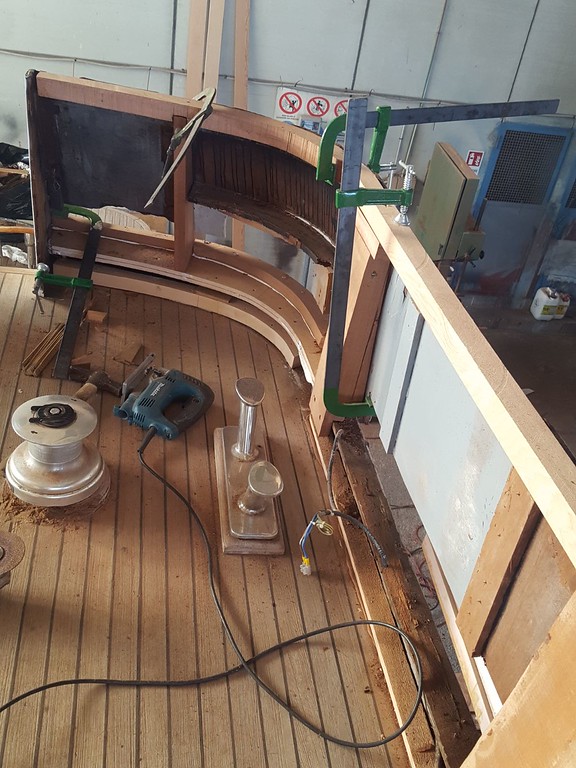jfm
Well-Known Member
Mapis, in EN a "scupper" is a slot opening at bottom of bulwark, level with deck, to allow water to drain. I don't know the EN for a trincarino. It might just be called the "stringer level with the deck".
On blue angel I doubt there are any short beams under the walkarouns in the way you describe. They will nearly all be long, full width, e.g. to support the saloon floor. Remember on BA the beams hold the weight of BA's plywood superstructure, not vice versa.
Bart, great job and thanks for the pics.
On blue angel I doubt there are any short beams under the walkarouns in the way you describe. They will nearly all be long, full width, e.g. to support the saloon floor. Remember on BA the beams hold the weight of BA's plywood superstructure, not vice versa.
Bart, great job and thanks for the pics.





























